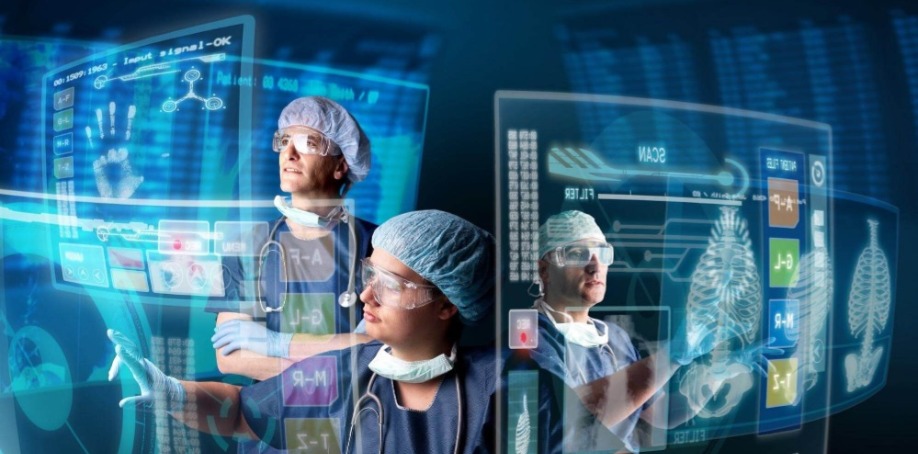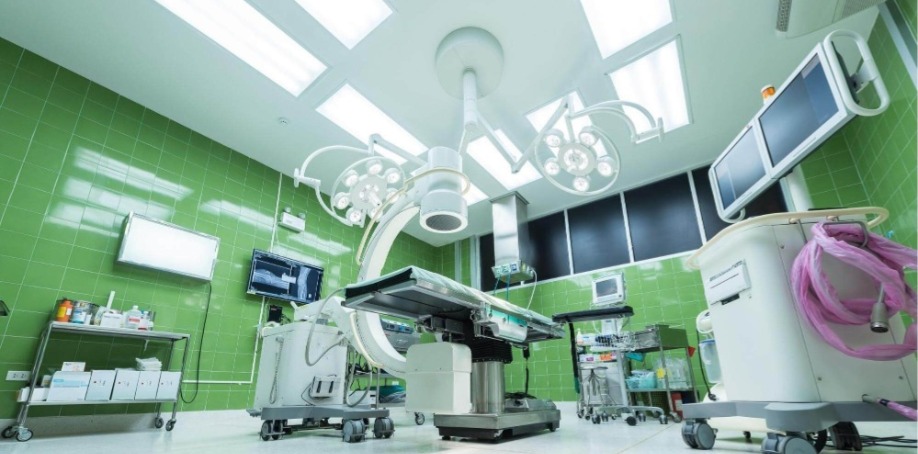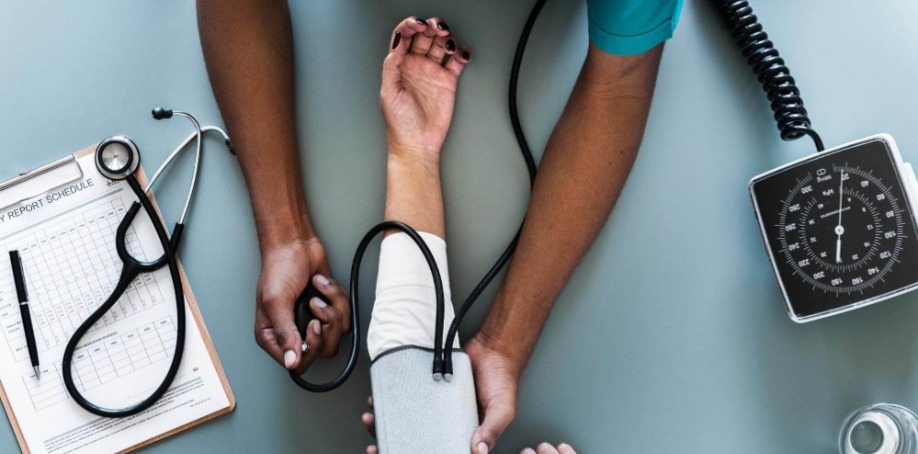
When people think of projection mapping, they think of spectacles, eye-catching events and the effects that this technology can have in the realm of marketing and social media.
While projection mapping can be used for medical marketing — such as the King Faisal Hospital opening display designed by Circus Family — it can have practical applications in medical education and operations, as well.
Here are just some of the ways that projection mapping is poised to change the medical field.
Projection Mapping in Medicine: Education
One of the simplest but most powerful ways that projection mapping can change the medical industry is by changing how students learn about the body.
3D Projections of human bodies can be used for medical education, like this one from Oulu University. In this example, students can interact closely with the visualization of the human body, learning about bones or muscle structures.
Another example of projection mapping is this example from Siemens. Here, students are able to get a more personal look at how the human body works through projections on a mannequin. Similarly, this example at the University of Melbourne uses a live model to turn a human body into a display surface. Showing muscles, skeletons and other anatomical information in real time, this technology shows the body working in action.
“The moving body of a volunteer student becomes a live canvas for the teacher to illustrate clinical reasoning. Using a tablet interface with pen input, the instructor can draw annotations directly on the virtual body, which are rendered in real time on the patient's body,” says research fellow Hasan Shahid Ferdous and his research team.
This is meant to provide a more detailed and thorough understanding of the body than what 2D texts can provide. Textbooks can often be limiting, as pictures and diagrams are small and sometimes hard to understand.
Projection mapping diagrams, however, are far more detailed. They can display processes in action, such as how food moves through the body. Additionally, projection mapping on mannequins can show ordered layers, revealing to students how muscle tissue is connected to bone, for example.
Projections are also more interactive. They allow students to point, adjust and see new things in real time. Things can also be rewound or slowed down for closer inspection. These visualizations invite both students and lecturers to engage with the material in a more exciting way.
Aside from the exciting promise of projection mapping in medical education, it also has a relevant role for practicing doctors and nurses.

Vein Mapping
One way projection mapping can be used is vein mapping. Vein mapping helps nurses better identify the veins in someone's arm, improving the efficiency of drawing blood.
Science writer Shaunacy Ferro explains how this technology works: “Hemoglobin within the blood absorbs near infrared light projected by the device, which helps to locate the veins. That information is instantly translated into a vein map of sorts, and projected back onto the corresponding part of the arm.”
The science behind vein mapping is fascinating, and its potential cannot be understated. "Vein visualisation technology uses near-infrared technology to project an image of the vein onto the skin," explains researcher Dr. Dan Waller.
"Veins have a lot of deoxygenated haemoglobin that absorbs near infrared light, and the device is able to use this information to project the image. The machines have settings to manage individual differences."
For years, people with small veins have struggled through blood donations and drawings, with many experiences ending in painful bruises and marks. Vein mapping can help minimize both discomfort and frustration for patients.
Operations and Procedures
Finding qualified individuals to perform certain surgeries can be difficult, says Yasuhiro Kawai of Nikkei Business Publications, Inc. “You need to be specialized, steady-handed and highly focused.”
For this reason, hospitals are looking to technology like projection mapping to make surgery easier and less prone to risk or complication.
There are multiple procedures where this technology is already making a difference in patient lives. For example, Diagnostic and Interventional Technology (DIAC) notes how projection mapping can help with catheters.
“These systems use mapping catheters that contain electrodes that measure the electrical activity of the cardiac tissue. This is transferred into mapping system software where a 3D model is created of the heart, a color-coded overlay showing the electrical waves generated during each heartbeat, the touch points where the tissue was mapped, and showing the location of the catheter inside the heart.”
In addition, Japan Agency for Medical Research and Development (AMED) notes that projection mapping can help make hepatectomy (removal of all or part of the liver) procedures safter. “The real-time navigation system – a world's first – combines near-infrared fluorescence-guided surgery with projection mapping technology to significantly enhance the safety and accuracy of hepatectomy procedures.”
This is reinforced by a study published in Annals of Surgery, led by professor Hitoshi Nishino and colleagues. The results showed that this technology can be used to navigate liver resection, during which surgeons generally can't completely view the structure. By using this technology, this liver procedure can be safer and more efficient.

The Future of Projection Mapping in Medicine
Already, projection mapping has been used to make hospital stays easier. But where is this technology heading?
According to Laura Woods at BusinessWire, 3D mapping and modeling can be very useful in medical settings. And, the use of projection mapping in medicine is only expected to grow.
Projection mapping can also be used to ease medical anxiety and make nervous patients feel calmer. Mark Smith, founder and CEO of Chicago Projection Mapping, explains that 3D projection mapping is close to implementation.
“It's a lot closer than you might think. Right now we're at the initial stages of a project for a hospital and medical facility that plan on using 3D projection technology for medical and therapy purposes.”
Indeed, applications like this are already happening. Nick Rockafellow at nuMedia Innovations notes that a projection on a CT scanner helped to put patients at ease. Getting a CT scan can be an unnerving experience, but a projection of something familiar — such as the American flag — can settle the mind.
This is just the beginning of understanding how projection mapping can make medical education and surgical procedures safer and more efficient.


